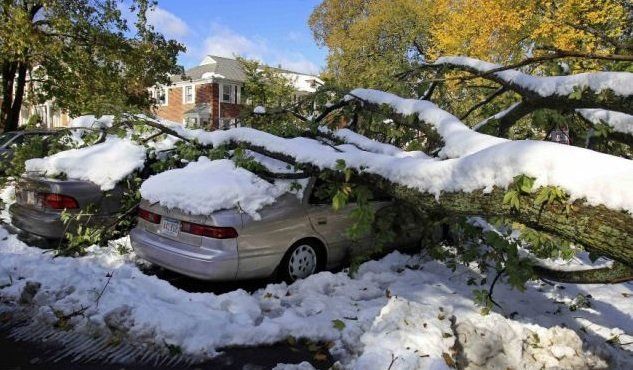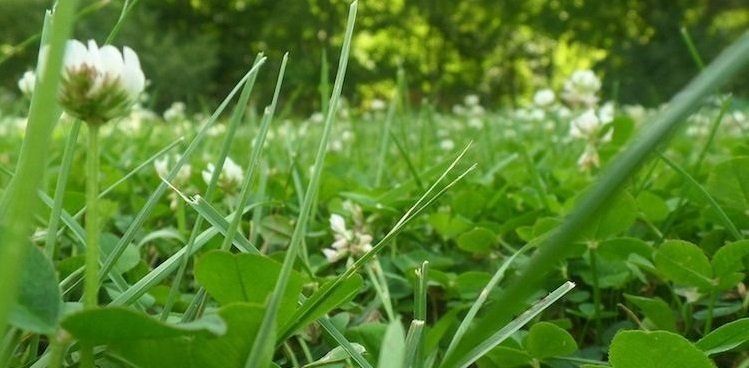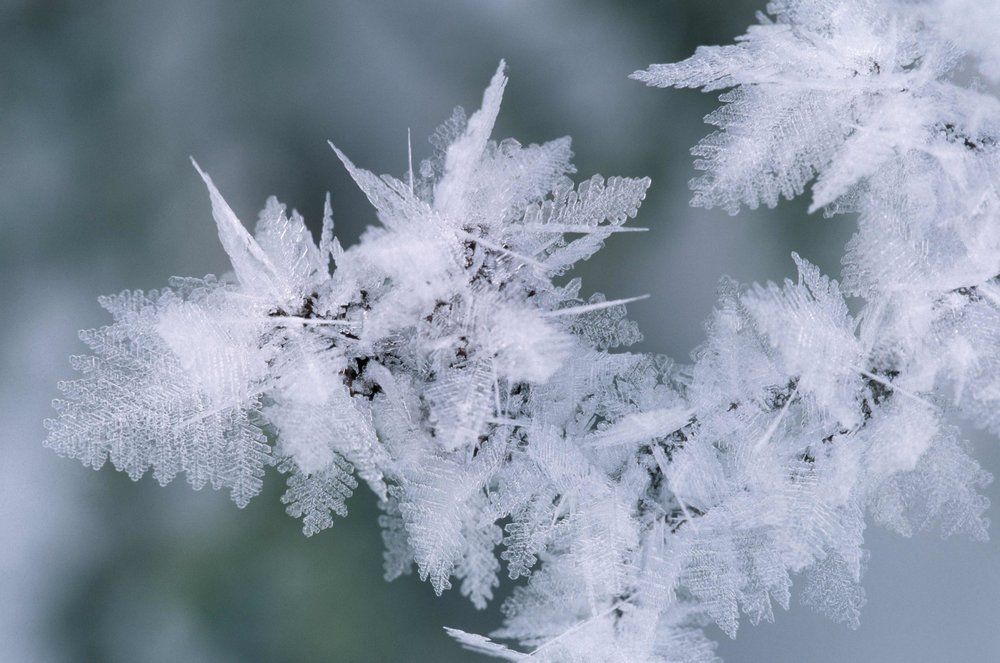Winterize your trees to avoid winter hazards ~
Apolinario Bacurin • May 31, 2019
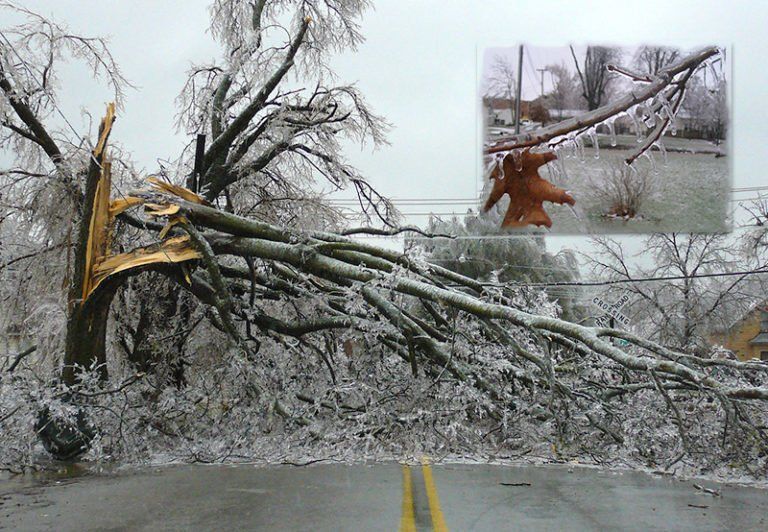
Central Kentucky usually gets at least one of the worst types of winter storms a year, an ice storm. When everything is coated in ice, it’s can be hazardous just to walk out the front door, and driving is simply treacherous. Another, less considered ice storm hazard is the accumulation of ice on tree branches, causing falling trees and branches.
Unlike snow which normally doesn’t adhere to the branches and trunk of a tree, freezing ice will accumulate and can increase the weight of branches by as much as 30 times. This extra weight places severe stress on the tree. Falling trees and branches damage homes, property and even cause electrical outages when they take out power lines. Tree fall incidents in ice storms often could have been avoided if the tree’s weaknesses had been spotted ahead of time. Property owners rarely think to inspect their trees before winter – it’s just not top of mind unless you’ve experienced damage from fallen tree branches before.
There are several areas in which to look for tree weaknesses, but four of the most common causes are considered below:
Dead Branches
The most common danger of tree weakness is when a dead branch falls. It’s not a matter of if, but when. The longer it stays up in the tree, the more it weakens from decay. Any dead branch that is large enough to cause damage or harm, should be removed immediately.
Leaning Trees
Just because a tree is leaning, it isn’t necessarily at risk of falling if its tilt is not pronounced and if it’s always been that way. If the tilt of a tree is noticeably increasing, there’s no doubt it’s going to fall. If you’ve just noticed a leaning tree on your property, then having it’s roots inspected will give you a good indication of its stability. If the ground on the opposite side of the lean is cracked or raised up, it means that the tree is in the process of toppling over. The ground is beginning to give way to the leverage created by weight of the leaning tree.
Construction Near a Tree
Construction requiring digging in the root zone of a tree has in all likelihood severed the roots of the tree. In addition to a tree’s roots primary function of seeking nutrients to grow, they also serve as anchorage for the tree. When the roots of the tree are severed, there is and increased danger of the tree falling. As you might image, falling branches pose no where near the danger that an entire fallen tree does. If you’ve had construction done near a tree you should always consult a professional to proactively assess the damage to the tree’s roots.
Multiple Tree Trunks
A large tree with more than one trunk is a problem because the area where they join together tends to be weak. This is especially true when the trunks join in a V-shape. If one or more of these trunks are leaning outward at a severe angle, they are at risk of falling in an ice storm.
Just a thin coating of ice can result in a travel nightmare, while heavier amounts will severely damage trees and power lines. Strong winds can add extra force to already weighted down tree branches and power lines, increasing the likelihood of significant damage.
Be safe this winter, have a professional inspect your trees for the above weaknesses. If any trees look questionable, they can advise you on whether and how your tree can be repaired or removed. Preventing injury, property damage and an unnecessary home insurance claim are your top priorities.
Call 859-475-4500 Today to Receive 15% off any Tree Service through the end of January 2019. Or, if you prefer you can complete this form and we’ll contact you to arrange for a free consultation.

February 15, 2019 Lexington, KY – Mow Mow’s Landscaping is proud to announce that it has earned the home service industry’s coveted Angie’s List Super Service Award (SSA) for the second year in a row! This award honors service professionals who have maintained exceptional service ratings and reviews on Angie’s List in 2017 & 2018. “The service providers that receive our Angie’s List Super Service Award demonstrate the level of excellence that members have come to expect,” said Angie’s List Founder Angie Hicks. “These pros are top-notch and absolutely deserve recognition for the trustworthy and exemplary customer service they exhibited in the past year and overall.” Angie’s List Super Service Award 2018 winners have met strict eligibility requirements, which include maintaining an “A” rating in overall grade, recent grade and review period grade. The SSA winners must be in good standing with Angie’s List, pass a background check, record a current trade license attestation and abide by Angie’s List operational guidelines. “Mow Mow’s goal has always been to exceed our customer’s expectations in quality of work, professionalism and promptness of service. It is an honor to receive this reward and be recognized for attaining this goal for the 2nd year in a row.” – Jennifer Medrano, Owner Mow Mow’s Landscaping has been listed on Angie’s List since 2017 when the company was first launched. This is the second time Mow Mow’s Landscaping has received this honor. Service company ratings are updated continually on Angie’s List as new, verified consumer reviews are submitted. Companies are graded on an A through F scale in multiple fields ranging from price to professionalism to punctuality. For over two decades Angie’s List has been a trusted name for connecting consumers to top-rated service professionals. Angie’s List provides unique tools and support designed to improve the local service experience for both consumers and service professionals. ### For over two decades, Angie’s List has provided trusted reviews and information to help millions of consumers make smart hiring decisions. Angie’s List offers more than 10 million verified reviews in over 700 service categories, providing its members a credible resource for researching and comparing local service providers. Angie’s List is based in Indianapolis, Indiana and is an operating business of ANGI Homeservices (NASDAQ:ANGI). Contact: Steffanie Finkiewicz Angie’s List 303-963-8384 mediarelations@angieslist.com You can check out Mow Mow’s Angie’s List reviews here .

If you’ve been waiting for the perfect time to start your garden, this is it. It’s time to start seeds indoors so they’ll be ready to plant outside when spring begins in earnest. It’s a fun project to get you through the late winter period that’s really all about waiting for spring to finally come calling.
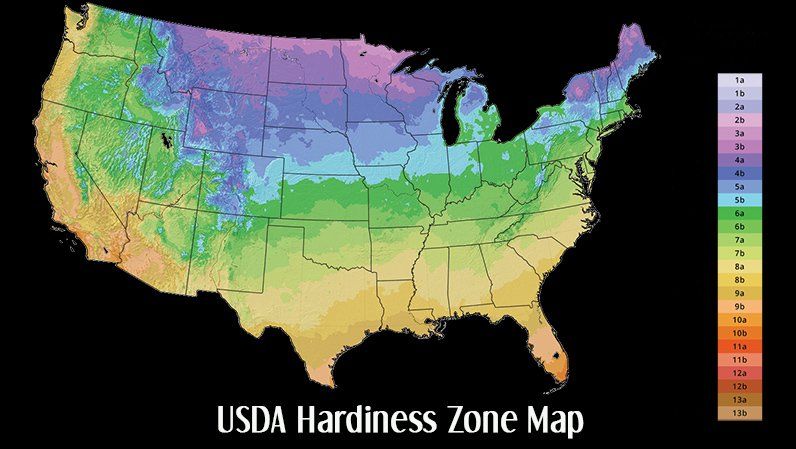
here’s plenty of time before spring comes a long, but it’s always fun to look through magazines like Southern Living at the beautiful gardens and landscapes featured there. They’re always lush and thriving, often filled with unique plants and flowers you may have never seen before. But before you start pining for that unusual flora, there are several factors to consider if you want to be successful in having the gardens of your dream. The four most important are sun, soil, water and zone – these factors are the key to having that green thumb. Unfortunately, you can’t count on a plant’s label to give you the whole story, it’s a generalization at best.
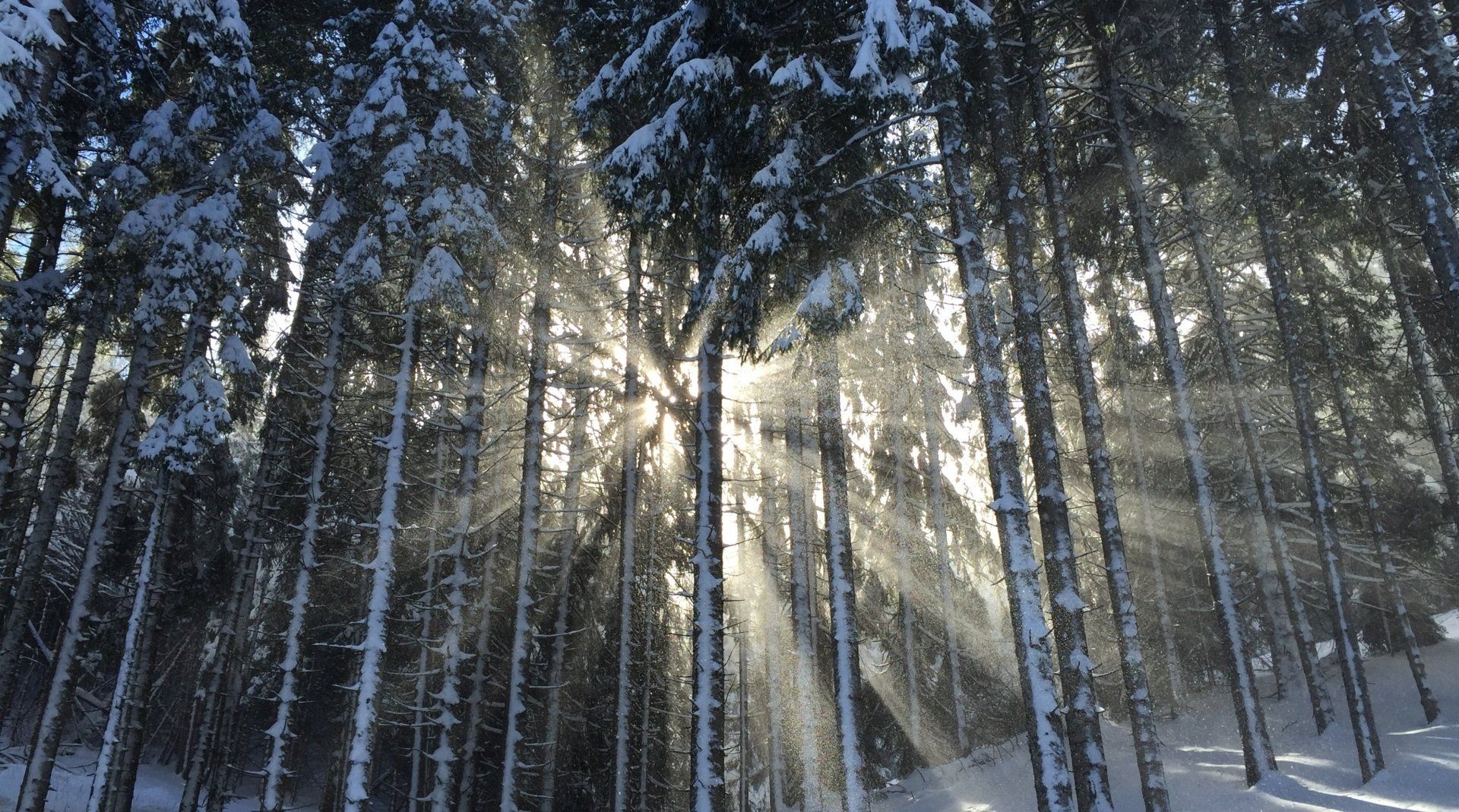
Happy New Year! With the beginning of 2019 here upon us, it’s time to start preparing your landscape to look its best in the spring. While it is easy to hide away from the cold winter weather here in central Kentucky, be sure to spend some time in January and February knocking out some simple yard work- beyond taking down the decorations you put up for the holiday season. Not sure where to start? Here are a few helpful suggestions:

